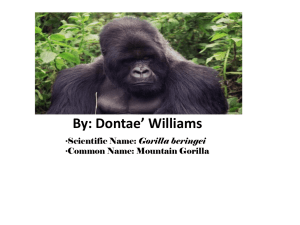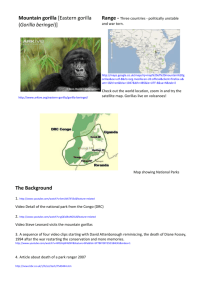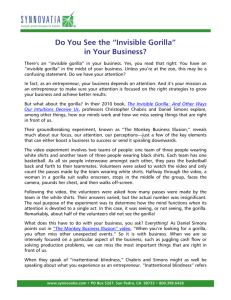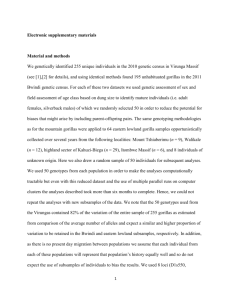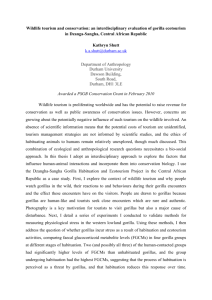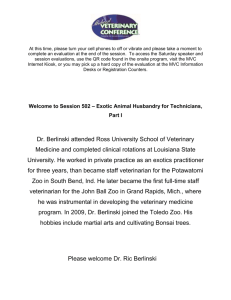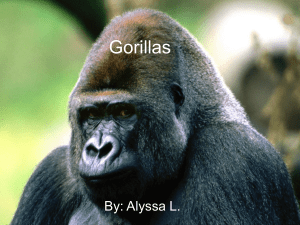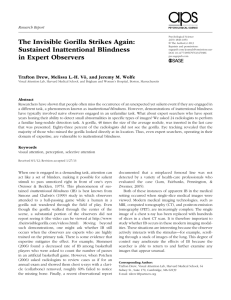Dr. Dawn Zimmerman - American Association of Zoo Veterinarians
advertisement
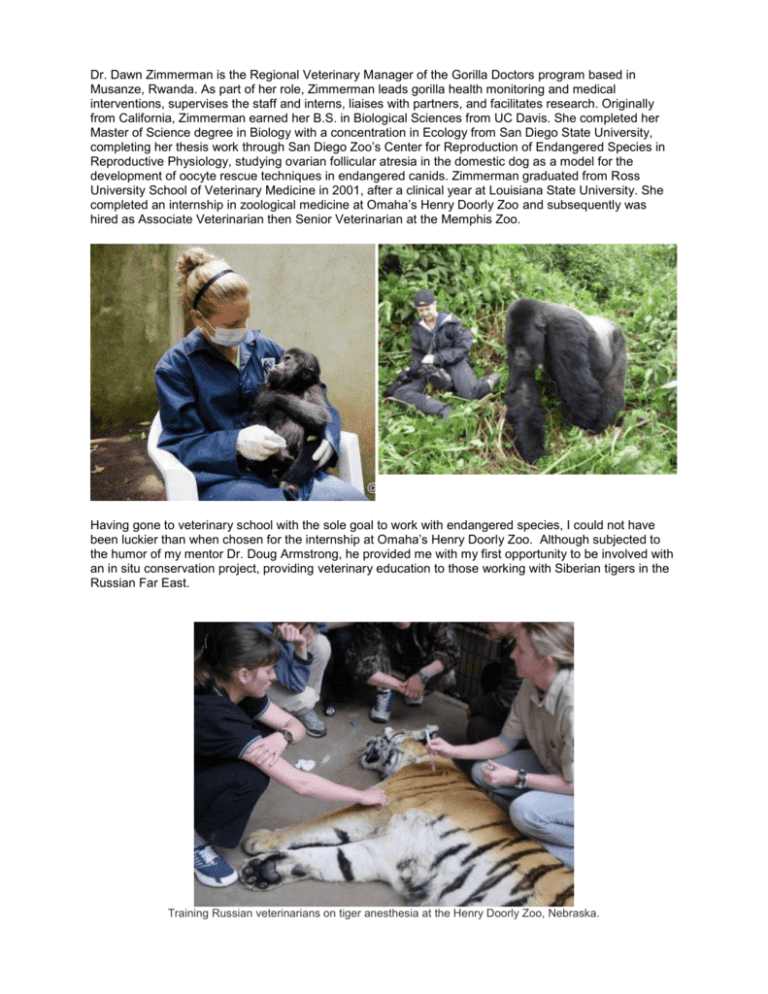
Dr. Dawn Zimmerman is the Regional Veterinary Manager of the Gorilla Doctors program based in Musanze, Rwanda. As part of her role, Zimmerman leads gorilla health monitoring and medical interventions, supervises the staff and interns, liaises with partners, and facilitates research. Originally from California, Zimmerman earned her B.S. in Biological Sciences from UC Davis. She completed her Master of Science degree in Biology with a concentration in Ecology from San Diego State University, completing her thesis work through San Diego Zoo’s Center for Reproduction of Endangered Species in Reproductive Physiology, studying ovarian follicular atresia in the domestic dog as a model for the development of oocyte rescue techniques in endangered canids. Zimmerman graduated from Ross University School of Veterinary Medicine in 2001, after a clinical year at Louisiana State University. She completed an internship in zoological medicine at Omaha’s Henry Doorly Zoo and subsequently was hired as Associate Veterinarian then Senior Veterinarian at the Memphis Zoo. Having gone to veterinary school with the sole goal to work with endangered species, I could not have been luckier than when chosen for the internship at Omaha’s Henry Doorly Zoo. Although subjected to the humor of my mentor Dr. Doug Armstrong, he provided me with my first opportunity to be involved with an in situ conservation project, providing veterinary education to those working with Siberian tigers in the Russian Far East. Training Russian veterinarians on tiger anesthesia at the Henry Doorly Zoo, Nebraska. Teaching anesthesia and phlebotomy on Asiatic black bears outside of Vladivostok, Russia. Subsequently, I sought out grants and research projects to work abroad with endangered species. Through contact with Dr. Ed Louis (DVM, PhD geneticist at Henry Doorly Zoo) and a grant from the Memphis Zoo, I was able to participate in lemur conservation in Madagascar…. ….And with Dr. Markus Hofmeyr, chief veterinarian at Kruger National Park in South Africa, I helped with black rhinoceros translocations… ….With Dr. Kirk Suedmeyer and Dr. Ingrid Wiesel of the Brown Hyena Research Project, I assisted in evaluating the health status of brown hyenas in Namibia…in between getting flat tires and stuck in the sand…. …and with Dr. Mark Mitchell, travelled to El Salvador to research assisted reproductive techniques in tortoises and iguanas, as well as the fine art of Spanish karioke. During my time at the Memphis Zoo, in-house research projects included evaluating a human serological test for Baylisascaris infection in non-human primates, studying metastatic mineralization in captive Komodo dragons, evaluating applications of infrared thermography for the physiological monitoring of captive wildlife, and developing a tuberculosis vaccine for free-ranging lions. After more than 8 years at the Memphis Zoo, I was offered the Regional Veterinary Manager position with the Mountain Gorilla Veterinary Project (“Gorilla Doctors”) based in Central Africa, a project that epitomizes the effect that conservation medicine using a One Health approach can have on a critically endangered species. The Project’s main mission is to help sustain the mountain gorilla population and the effect of the Project is clear: all great apes are endangered; the mountain gorilla is the only great ape increasing in number. From 2003-2010, the population increased by 26.3%. Forty percent of that increase was attributed to veterinary care (reference: PLoS One: http://www.plosone.org/article/info:doi%2F10.1371%2Fjournal.pone.0019788). The Gorilla Doctors, powered by the non-profit Mountain Gorilla Veterinary Project and the University of California, Davis, are dedicated to saving the lives of critically-endangered mountain gorillas through medical care. Our international team of veterinarians is the only group providing these animals with direct, hands-on care in the wild. With only 780 mountain gorillas left in the world today, it is critical to ensure the health and well-being of every individual gorilla. About 480 gorillas live in the Virunga Volcanoes Massif, which spans Rwanda’s Volcanoes National Park, Democratic Republic of Congo’s Virunga National Park, and Uganda’s Mgahinga National Park. Another 400 gorillas live in Bwindi Impenetrable National Park in Uganda. In addition, Gorilla Doctors also monitor the health of Grauer’s gorillas living in eastern Democratic Republic of Congo. The land surrounding the national parks where gorillas live is some of the most densely populated in Africa. As a result of intense human activity near and inside the parks, gorillas face numerous threats to their survival, including poaching and habitat loss. Because gorillas share 98.5% of their genes with humans, their greatest health threat may come from human-borne infectious diseases. The Gorilla Doctors’ veterinary team regularly monitors the health of gorilla groups to ensure the early detection of disease and injury. When gorillas suffer from human-induced or life-threatening trauma or disease, the team stages medical interventions to save their lives. While circumstances vary for each case, generally animals suffering from infectious disease are darted with antibiotics and injured animals are anesthetized and treated in the forest. As a result of poaching and the illegal trade of wild animals, Gorilla Doctors also treat and care for confiscated gorilla orphans. Gorilla Doctors assist all three governments by providing emergency and quarantine care for all gorillas from the moment they are rescued until their transfer to a long-term care facility. In addition, on-the-ground aspects of the program in Rwanda, Democratic Republic of the Congo, and Uganda, include health monitoring and clinical care for other wildlife species as well as for human and domestic animal communities with which the mountain gorilla shares its ecosystem. This includes an Employee Health Program for all trackers, guides, porters, veterinarians, and researchers that enter the park; rabies programs to vaccinate domestic dogs; and participation in a global campaign to identify the emergence of new infectious diseases in wildlife that could pose a major threat to human health (PREDICT). To learn more about the Gorilla Doctors or make a donation to support their work, please visit www.GorillaDoctors.org.


